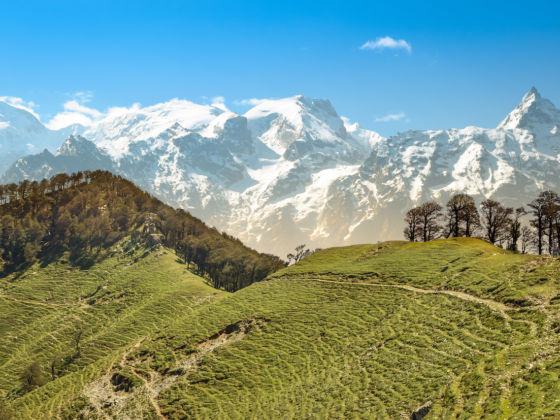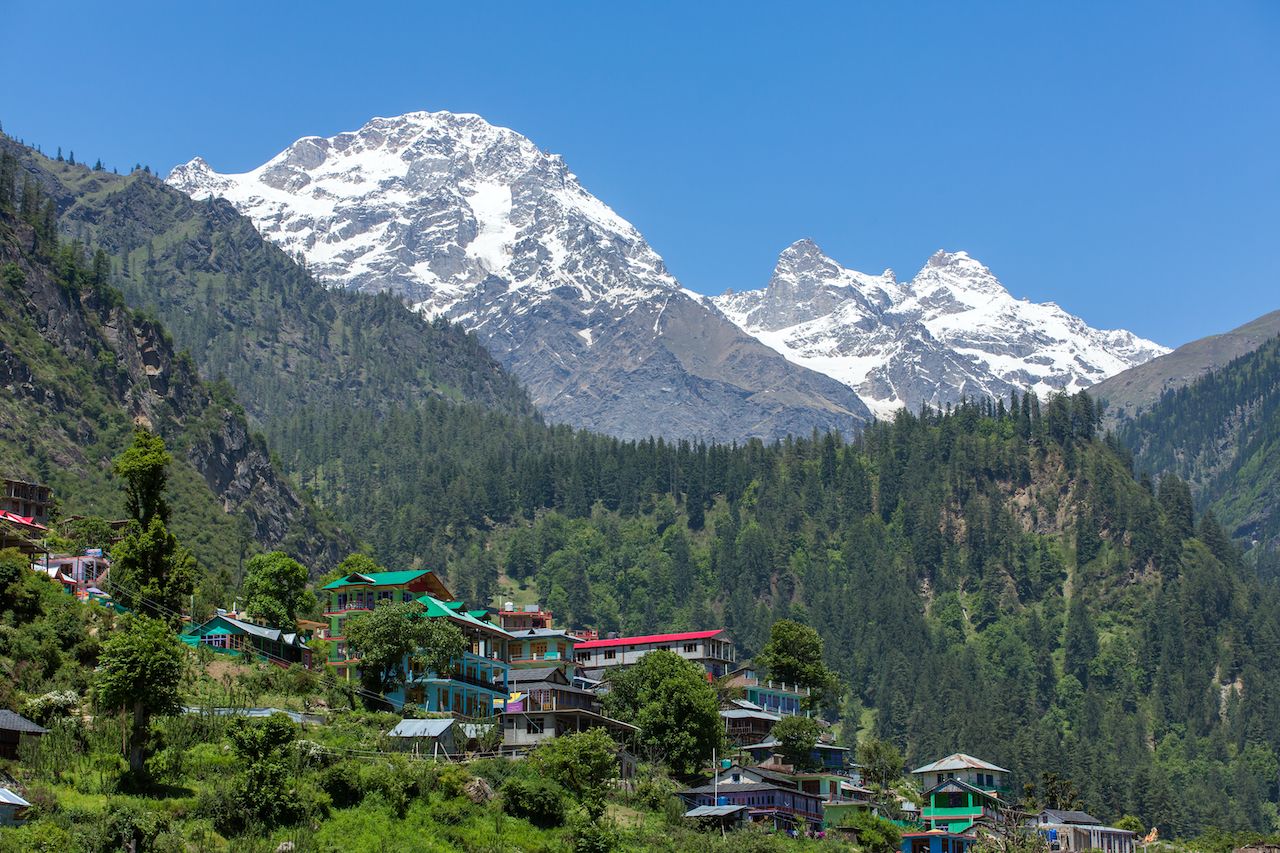If North India is known for one thing, it’s the incredibly varied landscapes — from humid, lush plains to dry, sandy deserts to the heights of the snow-capped Himalayas. For this reason, it’s emerged as a hub for India’s adventure travel with activities such as trekking, climbing, rafting, and biking — sometimes all in the same location.
Most of the popular areas for these activities are in the numerous valleys that make up the region’s ever-changing landscape. Whether you’re into hardcore, multiday expeditions at lung-torturing elevations or are just after an escape into nature from the chaotic cities, North India’s valleys have adventures for every type of traveler. Here’s how you can navigate and make the most of them.







